
Cinematography involves anything that has to do with the work, position, or operation of the camera.
If, while viewing a film, you are noticing . . .
- camera movement (whether or not the camera moves, and how it moves)
- framing (is the image tightly framed or not; does the image jostle around inside of the frame or is it steady; is the image cropped)
- camera distance (how far is the camera from the subject)
- camera height
- camera angle
. . . then you are noticing principles of cinematography.
Camera Distance is very straightforward, but also a fundamental principle that you need to be aware of. For the purposes of this class, we should focus on several kinds of framing that describe camera distance.
Extreme Long Shot (ELS)
A human figure in a larger environment. A building, landscape, or crowd fills the screen
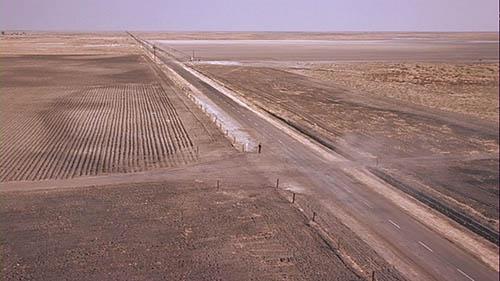
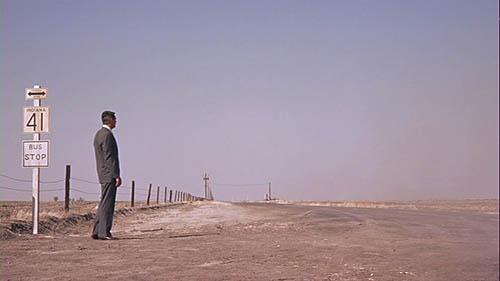
Long Shot (LS)
A standing human figure will vertically fill or almost fill the screen.
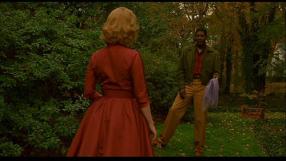
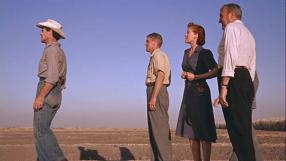
Medium Lon Shot (MLS)
Frames the human figure from the knees up. Objects 4-5 feet tall fill the screen vertically.
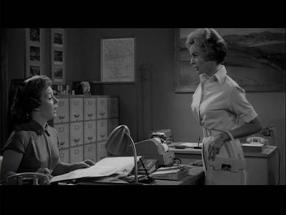
Medium Shot (MS)
Frames the human figure from the waist up.
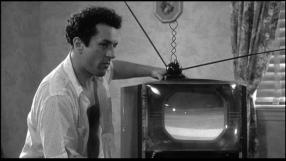
Medium Close Up (MCU)
A human figure seen from the chest up fills most of the screen.

Close Up (CU)
A person's head seen from the neck up (or an object of similar size) fills the screen.
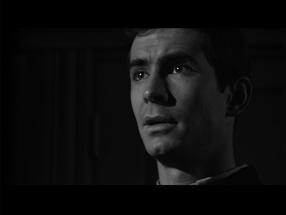
Extreme Close UP (ECU)
A small object or a part of the body (smaller than the face) fills the screen.
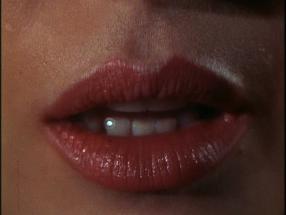
Scaling shots to the human frame is very limited though. Many shots defy such categories entirely. Other shots are framed in order to create a graphic composition, such as this shot from Godard's Notre Musique.
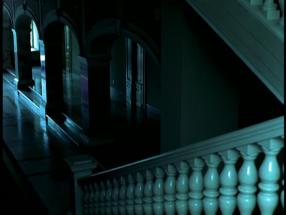
Other useful concepts include:
Deep Focus and Shallow Focus; or Depth of Field
The image below is an example of shallow focus. These individuals are close to one another but only one is in focus.
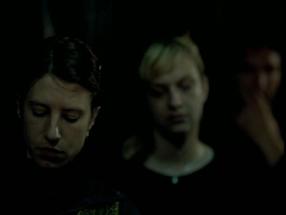
High angle (camera looks down) and Low angle (camera looks up)
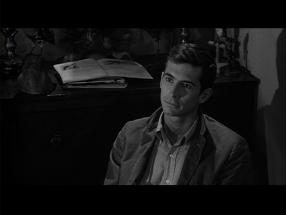
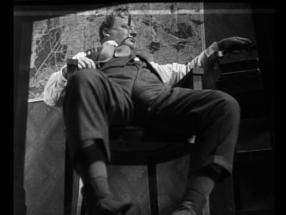
A less common, but very important idea involves calling attention to the materiality of the image. In such cases, film artists may want to remind audiences that they are watching a film and will try to rouse you from a position of passive spectatorship. There are many ways to do this (artificial acting styles, looking directly at the camera, asynchronous sound), but visual interference (scratches on the surface of the film) is a sure way to remind audiences that they are watching a construct.
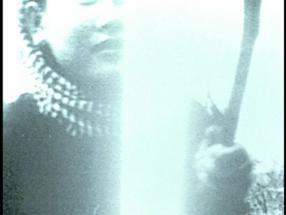
Knowing these basic terms will help you as you take notes on films and respond to specific components of a film.
Be sure to read Hayward's entries on Cinematographer, Deep focus/depth-of-field, Lighting, Tracking Shot, Zoom.



